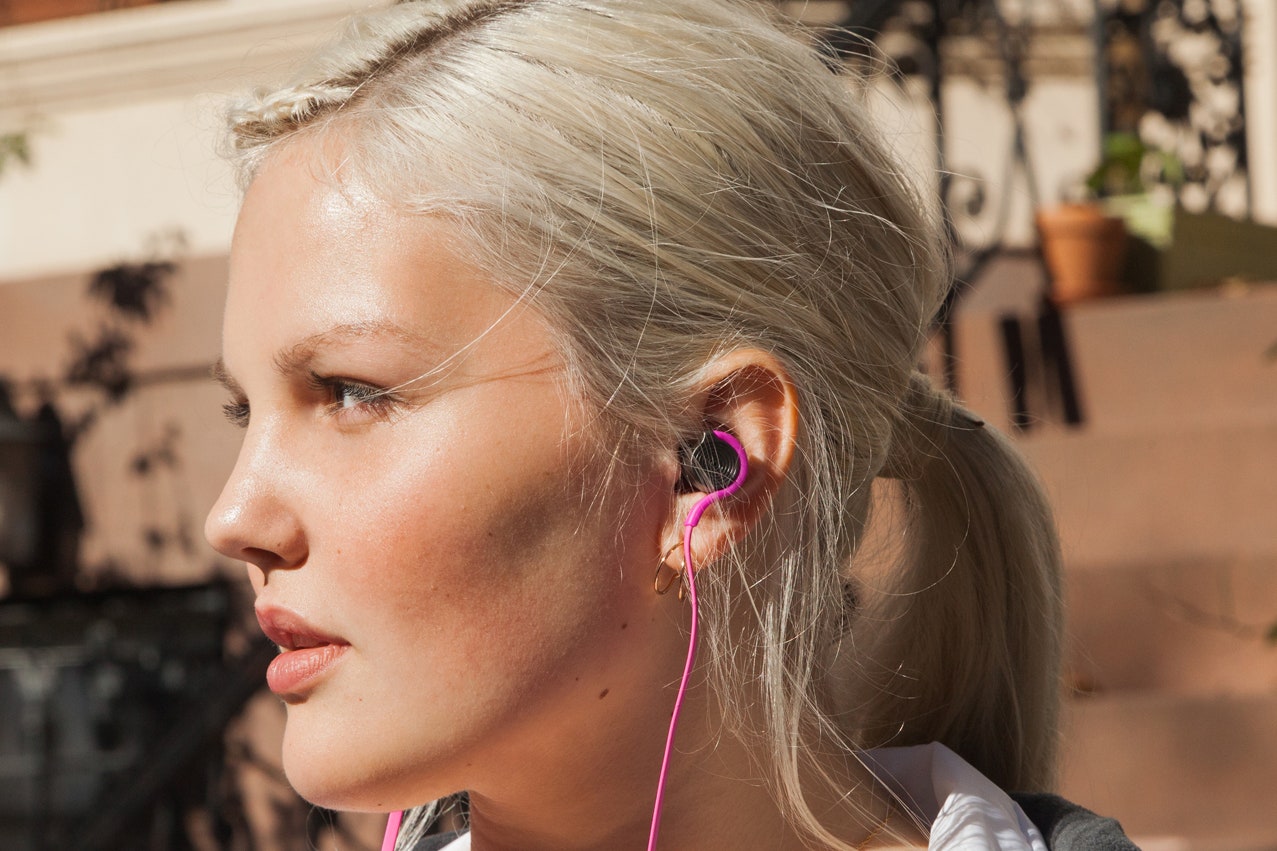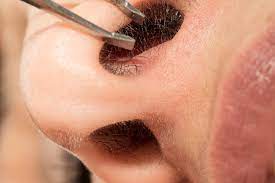
Product Buildup
Over time, product residue can build up on the hair, causing it to feel sticky and lifeless. This can be resolved by using a sulfate-free scalp care and detox scrub to remove impurities. Adding layers to the hair can also provide texture and volume.
Oily Scalp
An excess production of sebum can make the scalp and hair look oily. This is more noticeable in thin flat hair because the strands come into contact with the sebum-producing glands more quickly. Using an anti-dandruff shampoo with oil balancing properties can help cleanse the scalp and hair without stripping away natural oils.
Hair Type
Fine hair and thin hair differ in texture and density. Fine hair has smaller individual strands that tend to lay flat. Thin hair has low density, meaning there are fewer strands. To determine if your hair is thin, check if your scalp is easily visible by rubbing a strand between your fingers.
Genetics
Genes play a role in determining your hair type. Thinner hair can be genetic, caused by conditions like androgenetic alopecia or female pattern baldness. The size of your hair follicles can also affect hair thickness. Various genes, including the EDAR gene, influence hair texture and thickness. Polymorphisms in the EDAR gene are related to variations in hair thickness among different ethnic groups.

